
Even if you live in a dry area, a crawl space is almost invariably going to get damp if left to its own devices. This dampness can create issues in your home in a number of ways.
These include lowering the effectiveness of your HVAC, creating the growth of mold and mildew, and structural damage. It is therefore important to keep your crawl space well maintained and a dehumidifier can help a lot with this. Here is what you need to know.
Why does water get into your crawl space?
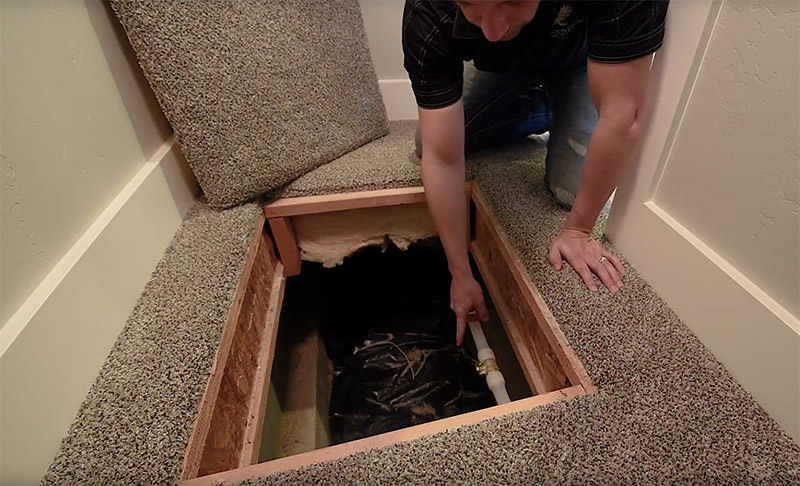
The experts at www.sedonawaterproofing.com say there are basically two reasons why water gets into a crawl space. One is through physical leaks and the other is through condensation. If you have an issue with physical leaks, you will generally see evidence of still water, basically puddles. This is typically a sign of a structural issue such as cracks in the foundation or poor drainage. The number one culprit tends to be downspouts. Check them regularly (at least every time you clean your guttering) and maintain them promptly.
If you see an issue with condensation, then you will hopefully detect this by picking up on it when you monitor your crawl space. This is far better than detecting it when a human or animal gets ill due to mold or when you start experiencing the effects of structural issues in your home.
The bad news is that there generally isn’t much you can do to prevent this from happening. The good news is that there are steps you can take to prevent it from having an impact. This basically means drying out the air in your crawl space. There are two main ways to do this. One is by using “supply-air” and the other is by use of a dehumidifier.
The supply-air method
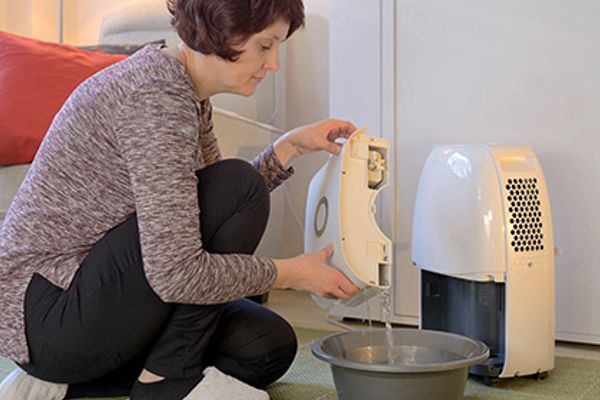
The supply-air method essentially leverages your home’s existing HVAC system. This method involves cutting a hole into the supply plenum then insert a duct into it. This will generally be about 4-6 inches across.
The sole advantage of this method is that the headline price is generally less than the headline price of a dehumidifier. There are, however, several disadvantages of using this method.
It will impact your HVAC system
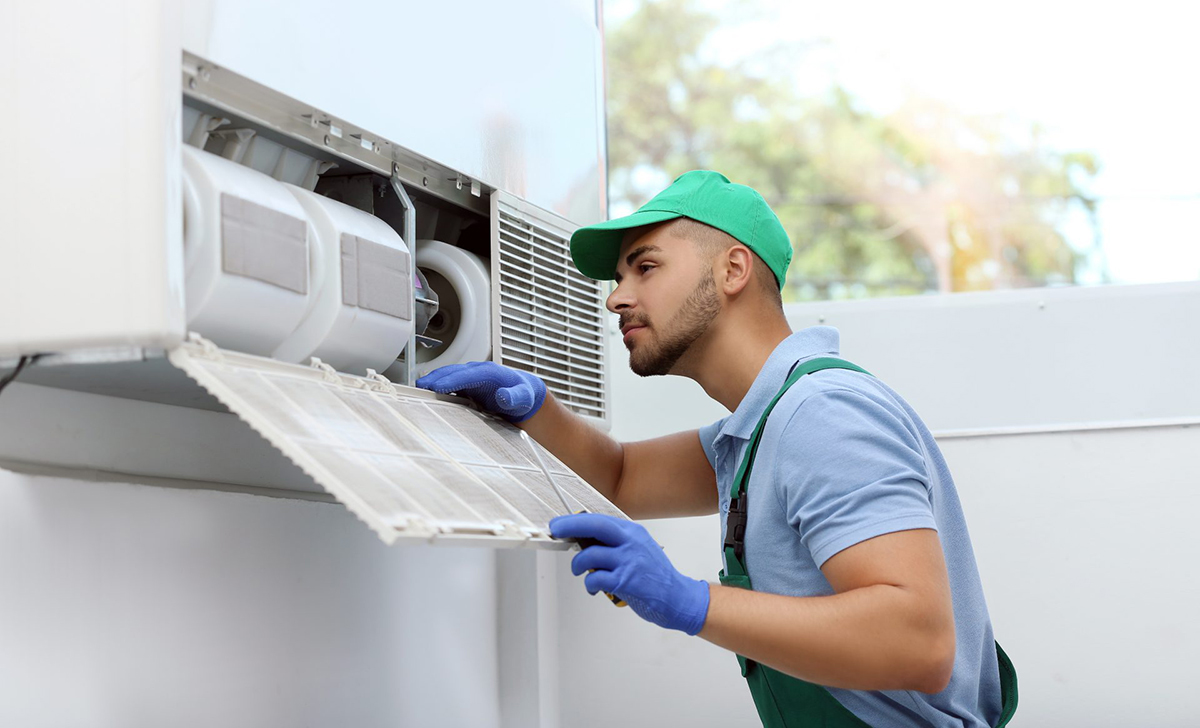
If the designer of the HVAC systems had intended for there to be a cut in the supply plenum, they would have put one there themselves. The fact that they didn’t show that the supply-air method simply creates extra work that HVAC systems were never intended to handle.
At a minimum, you’re likely to detect the impact on your heating/ventilation/cooling. You might be able to live with this for most of the year but in peak summer or winter, it may pose a serious issue. It may also shorten the working lifespan of your HVAC system. You should take this into consideration when considering the initial cost savings of using the supply-air method.
The supply-air method only works when the HVAC is in use
You probably run your HVAC pretty much constantly in summer and winter but what about spring and fall? In many locations, you’re going to be faced with the choice of running your HVAC when it is not necessary so you can keep your crawl space dry, or switching off the HVAC system and taking your chances with the crawl space.
There may be some localities where the latter is a feasible option. In reality, however, there probably aren’t many. What’s more, any year can have “freak” conditions you can’t predict but have to deal with.
The nature of crawl spaces means that it’s very easy for them to become damp at any time of year in most places. If you leave that dampness untreated, even for a short time, you could create serious problems for yourself. These are likely to work out a whole lot more expensive than installing a crawl-space dehumidifier.
You could end up with crawl-space air in your home
When contractors go into crawl spaces, they generally wear masks if not respirators. It’s strongly advisable for homeowners to do the same even if you’re only entering your crawl space for a short period. The reason for needing a respirator is that the air in crawl spaces tends to be unhealthy. If you cannot keep your crawl space dry it may very well contain mold or mildew.
It will be almost guaranteed to contain dust. This is bad enough if everyone in the family (including pets) has healthy lungs. If, however, anyone has a respiratory condition (or a visitor does), then it could be a serious health risk.
Using a crawl-space dehumidifier
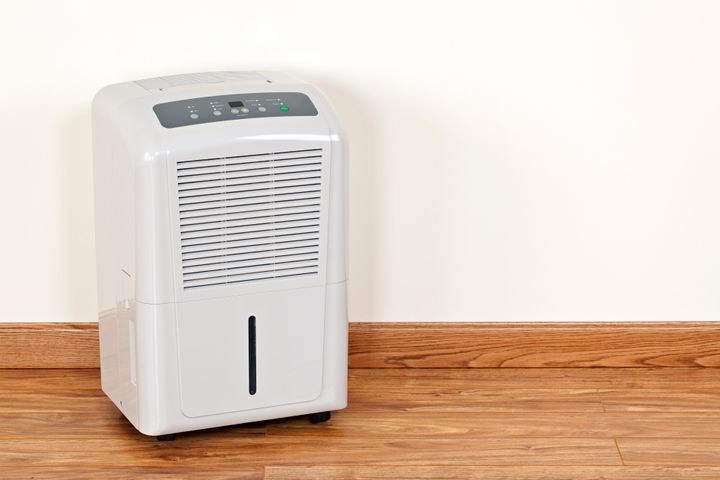
When contractors talk about using a crawl space dehumidifier in a crawl space, they mean a specific crawl-space dehumidifier. These are designed to stand up to work in the challenging environment of a crawl space.
The main downside to having a crawl-space dehumidifier is the initial cost of purchase and installation. There are, however, several advantages to investing in one.
It reacts to the conditions in your crawl space
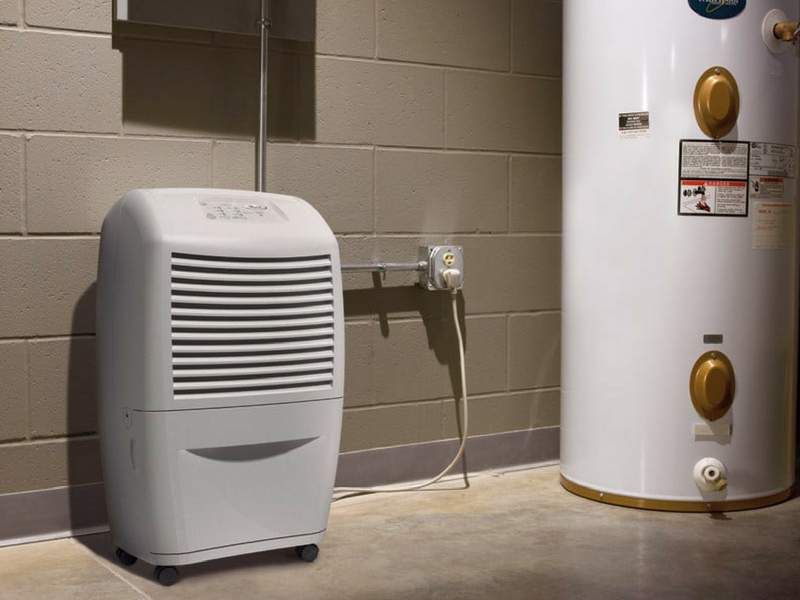
The supply-air method takes its cue from the conditions in your home. These are likely to be significantly different from the conditions in your crawl space. By contrast, a dedicated crawl-space dehumidifier reacts to the specific conditions in your crawl space. This means that it does its job with maximum efficiency and leaves your HVAC to get on with its own work.
It keeps unhealthy air from entering your home
A dehumidifier removes moisture from the air, that’s all. It does not exchange air between the home and the crawl space. This means that there is never any risk of the clean air in your home becoming contaminated by the dusty air in your crawl space.
It allows you to run your HVAC as normal
You don’t have to use your HVAC just to keep your crawl space dry (or take your chances with not running it). Similarly, there is no need to worry about the impact on your heating, ventilation, or air conditioning at peak seasons.
By contrast, you can expect your HVAC to operate efficiently for its maximum lifespan. This can help to offset the cost of buying and installing the dehumidifier. It’s also worth noting that you don’t just lower costs on extending the lifespan of your HVAC system. You’ll also save on its running costs since it will be operating at its full efficiency.














